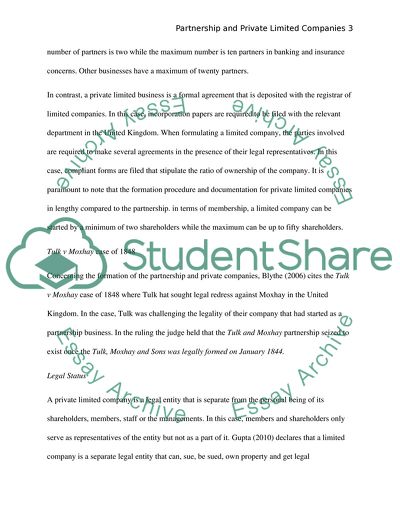Cite this document
(Partnership and Private Limited Companies Essay, n.d.)
Partnership and Private Limited Companies Essay. https://studentshare.org/law/1867497-using-real-life-examples-explain-and-discuss-the-main-differences-between-a-partnership-and-a-private-limited-company
Partnership and Private Limited Companies Essay. https://studentshare.org/law/1867497-using-real-life-examples-explain-and-discuss-the-main-differences-between-a-partnership-and-a-private-limited-company
(Partnership and Private Limited Companies Essay)
Partnership and Private Limited Companies Essay. https://studentshare.org/law/1867497-using-real-life-examples-explain-and-discuss-the-main-differences-between-a-partnership-and-a-private-limited-company.
Partnership and Private Limited Companies Essay. https://studentshare.org/law/1867497-using-real-life-examples-explain-and-discuss-the-main-differences-between-a-partnership-and-a-private-limited-company.
“Partnership and Private Limited Companies Essay”. https://studentshare.org/law/1867497-using-real-life-examples-explain-and-discuss-the-main-differences-between-a-partnership-and-a-private-limited-company.


